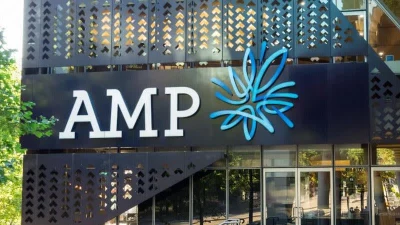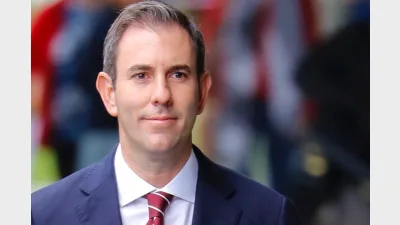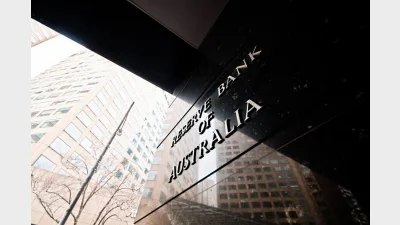Blurring lines in admin and custody



Technology and changing superannuation fund priorities has given rise to a blurring of the lines between custodians and administrators.
Q: What do custodians and superannuation administrators have in common?
A: The pursuit of technology to increase their service offering and deepen their commercial relationships with client superannuation funds.
Has this pursuit of technology given rise to a cross-over between administrators and custodians?
Yes but, as yet, no one is talking about direct competition and custodians certainly don’t want to get into the business of servicing member registers .
But BNP Paribas Security Services head, David Braga, believes that the lines between administrators and custodians will become increasingly blurred as superannuation funds seek to get closer to their members and to personalise the investment relationships.
“It’s very much in the hands of the super fund members and the increasing level of personalisation,” he said.
“In the next three to five years we’re going to see a lot more in terms of investment and member record-keeping and it will depend on how funds give their members touch and feel in terms of assets which are held by the custodian.
State Street senior vice president and head of global services for Australia and New Zealand, Paul Khoury, said that while there might be some areas of convergence, it was important to remember that the custodian and administrator were working at two different positions – portfolio versus member positions.
“It is not as simple as saying there’s overlap,” he said.
“There’s dependencies on both sides but where they might converge is where we provide a data warehousing solution and the fund inputs member-level data which allows them to do member level analysis and allows them to do member-level outcomes and portfolio structures.”
However Braga and Khoury are united in their view that, right now, a clear delineation continues to exist.
“The core underlying data and the processing that is required on it will remain separated for a long time,” Braga said.
Recommended for you
Super trustees need to be prepared for the potential that the AI rise could cause billions of assets to shift in superannuation, according to an academic from the University of Technology Sydney.
AMP’s superannuation business has returned to outflows in the third quarter of 2025 after reporting its first positive cash flow since 2017 last quarter.
The major changes to the proposed $3 million super tax legislation have been welcomed across the superannuation industry.
In holding the cash rate steady in September, the RBA has judged that policy remains restrictive even as housing and credit growth gather pace.









